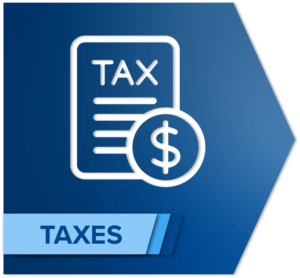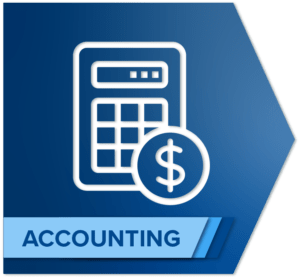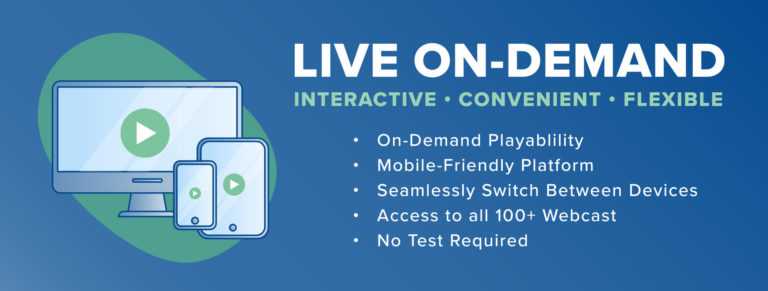
Guest Post: Major Changes to the CPA Exam
Article at a Glance:
- New threats to CPA licensing posed in 2020 legislative year.
- Possible CPA Licensure Model.
- CPA Exam moves to ‘continuous testing’ model.
- Proposed CPA Exam Material.
- No plan for changes to 16-hour, the four-section structure of the exam.
Rod Redding received his Ph.D. from Penn State University after working with Price Waterhouse and IBM. Currently, he presents seminars and webcasts and prepares self-study courses for Western CPE.
A few things related to the CPA profession: threats to licensing, possible changes to the CPA licensing model, continuous CPA exam testing and how the CPA exam content might change
New threats to CPA licensing posed in 2020 legislative year
For the past few years, more states, now totaling 39, are considering changing or eliminate licensing requirements. Legislative challenges to professional licensing standards remain a threat to CPAs. In many states, the new laws would allow any unlicensed person to perform any service that required a license, as long as there is consumer consent. The AICPA and representatives of engineering and architecture have formed the Alliance for Responsible Professional Licensing to educate lawmakers and the public on how licensing rules protect the public.
Possible CPA Licensure Model
Since late 2018 NASBA and the AICPA have been exploring a new CPA licensure model; in May 2020, the AICPA approved a proposed model which NASBA released later in May. The model is similar to the approach of the Professional Engineer (PE) licensure model. The proposed model recommends a core + disciplines, licensure model.
- It starts with a deep and robust core in accounting, auditing, tax, and technology that all candidates would be required to complete.
- Each candidate would choose a discipline in which to demonstrate more significant skills and knowledge.
- Tax compliance and planning
- Business reporting and analysis
- Information systems and controls
Regardless of chosen discipline, the model leads to full CPA licensure, with rights and privileges consistent with any other CPA. A discipline selected for testing would not mean the CPA is limited to that practice area.
CPA Exam moves to ‘continuous testing’ model
NASBA begin a program of continuous testing on July 1. Candidates will have the ability to take the exam year-round without restriction, other than waiting to receive scores from previous attempts of the same section or when there is a significant change to the exam. Continuous testing will replace the existing CPA Exam testing window model, which limits candidates for testing during designated time frames in each quarter during the year. For a video on the continuous testing model visit: https://nasba.org/exams/continuous-testing/
Proposed CPA Exam Material
The AICPA is proposing changes to the CPA Exam Blueprints. The goal is to update subject matter tested to ensure it continues to focus on the core knowledge and skills required of newly licensed CPAs. There are 46 proposed changes in an exposure draft issued by the AICPA. It was planned for a December 2020 exposure draft recommending planned CPA Exam updates and content to be added, changed, or deleted. However, no indication has been given if a delay will be required given the coronavirus. The proposal examines the core knowledge and skills essential to those entering the profession. There will be a focus on the impact data analytics and technology have on the role of newly licensed CPAs. Themes that have emerged during the current practice analysis include:
- Existing exam structure and blueprints well positioned to accommodate changes that reflect a greater assessment of technology and data analytics.
- Newly licensed CPAs must understand business processes, information systems, data flows, and internal controls
- Newly licensed CPAs must have a digital and data-driven mindset.
- The profession is placing greater reliance on System and Organization Controls (SOC) reports as clients are outsourcing more accounting processes, impacting the work of newly licensed CPAs.
The AICPA does not plan changes to 16-hour, the four-section structure of the exam.
The New Auditor’s Report: SAS134 and the Accompanying Guidance SAS135-SAS140
- Instructor: Rod Redding, PhD, CPA
- Credits: 1
- NASBA Category: Taxes
A Final Look at the New Leasing Standard for Private Companies
- Instructor: Rod Redding, PhD, CPA
- Credits: 3
- NASBA Category: Accounting



